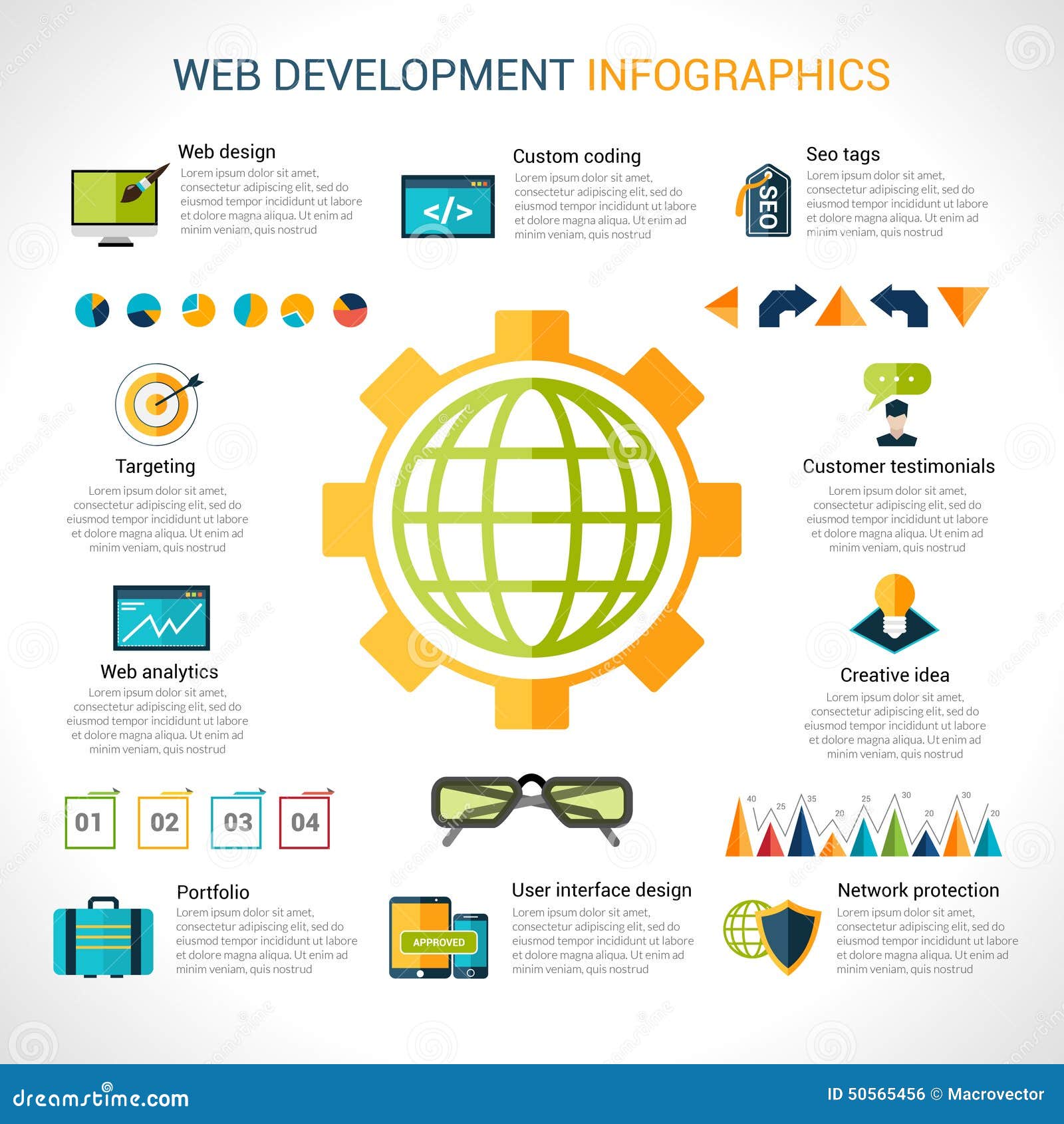Essential Elements Of Web Design: Guidelines For Developing A User-Centric Website
Essential Elements Of Web Design: Guidelines For Developing A User-Centric Website
Blog Article
Author-Christophersen Secher
When it involves web site design, making sure user-friendliness is key. From receptive design to streamlined navigating, every component plays an essential role in producing a site that caters to your target market's demands. However what regarding go to this site that can make or break a user's surfing experience? Keep tuned as we discover some often-overlooked pointers that can elevate your site's functionality to the following level, making it genuinely stand apart in the electronic landscape.
Relevance of Responsive Style
Receptive design is a crucial facet of modern-day internet site advancement. Ensuring your internet site is responsive methods that it can adapt to various screen dimensions and devices, providing a seamless experience for users.
With the enhancing use of smartphones and tablets to access the internet, having a responsive design is important for getting to a wider audience. It assists in boosting user experience by making your web site easy to browse and continue reading any gadget.
Additionally, responsive layout can favorably influence your online search engine positions, as search engines like Google prioritize mobile-friendly internet sites. By having a receptive design, you're additionally future-proofing your site, as new tools with varying display sizes continue to arise.
Simplify Navigation Framework
To improve user experience and facilitate simple access to info on your web site, streamlining the navigation structure is extremely important. When designing your website, focus on developing a clear and instinctive navigation menu that assists site visitors locate what they're searching for promptly.
Limit the number of food selection products to the basics, organizing related pages together to avoid overwhelming customers. Usage article for website that clearly indicate the content of each page, making it easier for individuals to understand where each link will take them.
Consider applying dropdown menus for subcategories to stop jumbling the major navigation bar. In addition, consist of a search bar plainly on the web page for users who choose searching for particular information.
Prioritize mobile responsiveness in your navigating design to guarantee simple access on all devices.
Maximize Page Load Rate
Improving web page tons speed is important for keeping site visitors on your site. Slow-loading pages frustrate individuals and can cause high bounce rates. To optimize web page lots speed, beginning by enhancing pictures. Press photos without jeopardizing quality to decrease their documents dimensions.
Additionally, enable web browser caching to save often accessed resources in your area, speeding up load times for returning visitors. Minify CSS, JavaScript, and HTML data by getting rid of unneeded characters, remarks, and formatting, boosting load speed.
Consider making use of a content shipment network (CDN) to distribute your website's web content across several servers worldwide, minimizing latency for users accessing your website from various locations. Lastly, restrict making use of third-party manuscripts and plugins, as they can significantly affect load times.
Verdict
To conclude, by including receptive layout, simplifying navigating, and enhancing web page lots speed, you can develop an easy to use web site that appeals to a broader audience and boosts customer experience. These essential elements ensure that site visitors can easily gain access to and browse your website throughout various tools, bring about raised interaction and fulfillment. By concentrating on these essential facets, you can develop a successful site that maintains customers returning for more.
